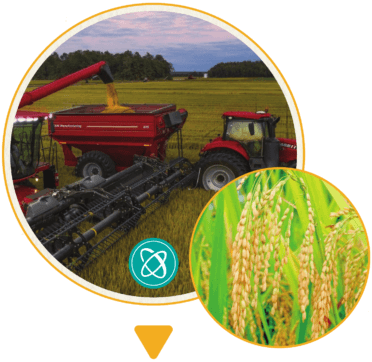
Partnership
Rice Growing Season in the Missouri Bootheel
As a GROW Founding Partner, the Missouri Rice Research and Merchandising Council has been an integral partner in helping GROW guests learn the story of how Missouri Bootheel rice farmers have become the fourth largest producer of rice in the United States due to innovative farming practices, extensive research and farm conservation efforts.
GROW Gallery demonstration rice plot.
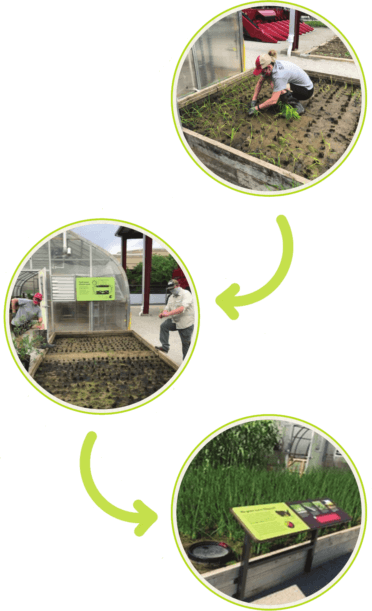
The Missouri Rice Council’s demonstration bed in GROW provides a snapshot of what is happening on thousands of acres of rice farms located almost 200 miles away in the bootheel of Missouri.
“The Bootheel region’s soils that were once part of the Mississippi delta are outstanding for growing rice—rice does well in soil that holds water,” says Dwight Roberts, president and CEO of the US Rice Producers Association. The fertile land in the Bootheel sits atop an aquifer that can be easily reached through wells to support the rice growing season.
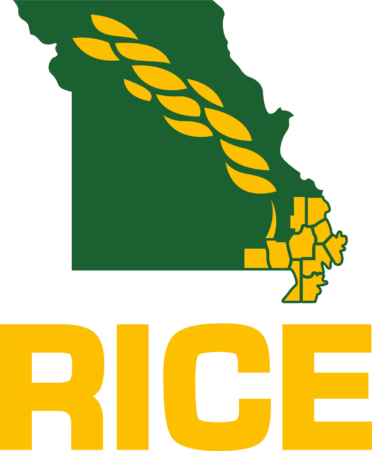 “Over the past few years, Missouri rice farm families have planted an average of 200,000 acres of rice that is sold domestically coast to coast and around the world,” says Mitchell Thomas from the Missouri Rice Council. Missouri is one of six states, including Arkansas, Louisiana, Mississippi, Texas and California, that make up 99% of all rice grown in the country. The farmers plant medium grain, long grain and long grain aromatic rice, commonly known as Jasmine rice. Medium grain rice is used for granola bars and puffed rice cereal, and long grain is used for everyday cooking. Jasmine rice has a sticky texture and fragrant aroma and is a staple of Asian cooking.
“Over the past few years, Missouri rice farm families have planted an average of 200,000 acres of rice that is sold domestically coast to coast and around the world,” says Mitchell Thomas from the Missouri Rice Council. Missouri is one of six states, including Arkansas, Louisiana, Mississippi, Texas and California, that make up 99% of all rice grown in the country. The farmers plant medium grain, long grain and long grain aromatic rice, commonly known as Jasmine rice. Medium grain rice is used for granola bars and puffed rice cereal, and long grain is used for everyday cooking. Jasmine rice has a sticky texture and fragrant aroma and is a staple of Asian cooking.
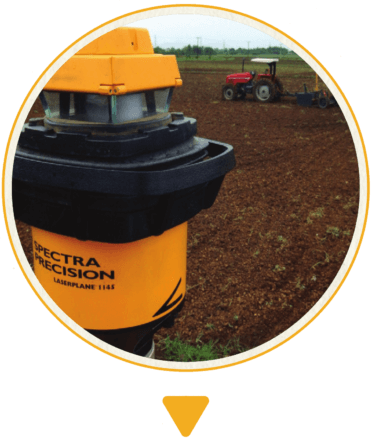
1. Field Preparation
Being furthest north, Missouri rice farmers are among the last in the country to begin to prepare their fields for planting season in early spring. They regularly use GPS or laser-guiding grading equipment to level the fields. Level fields allow the rice farmers to conserve water throughout the season.
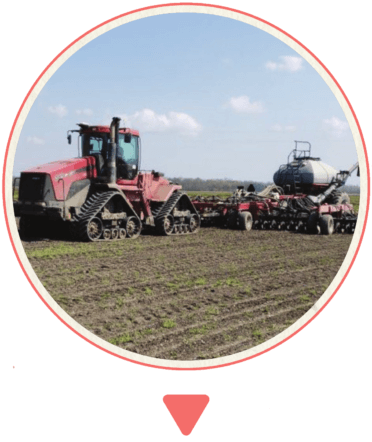
2. Seeding
By April or May, the fields are ready to be planted. Many of the Missouri farmers use a technique called drill seeding. A seed drill is pulled by a tractor and evenly distributes the rice seeds, planting them deep in the ground where the soil has more moisture. This allows the seeds to germinate and grow, but if it doesn’t rain, irrigation is needed.
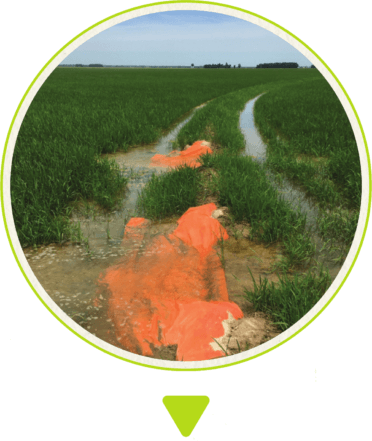
3. Flooding the Fields
Once the rice has grown five to eight inches, the fields are flooded. About five inches of water are run into the fields which helps improve the plants’ ability to compete against weeds for nutrients and sunlight, reducing the need for herbicides. The “rice gates” in the flooded fields are plastic tarps that allow water to flow over levees without washing them away.
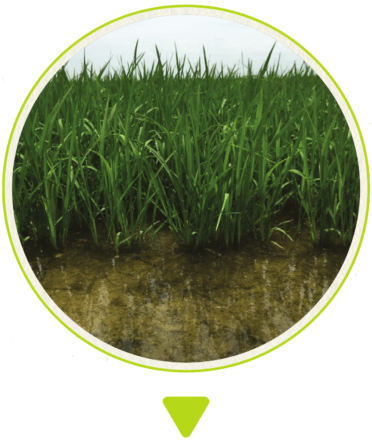
4. Rice Growth
Rice grows very quickly, ultimately reaching a height of three feet in just four to five months. During this time, farmers are careful to maintain a consistent water depth. Farmers use the rice gates and levees to help maintain a consistent flood level throughout the rice field.
5. Harvest
By September, the grain heads have ripened and turned golden. They are now ready to harvest. Once the fields are drained and dry, hi-tech harvesters like those featured from our GROW Founding Partner, CASE IH, gather the perfectly ripe grain. Tractors pulling grain carts come alongside, receiving the rice and delivering it to waiting trailers that transport grain to storage facilities.
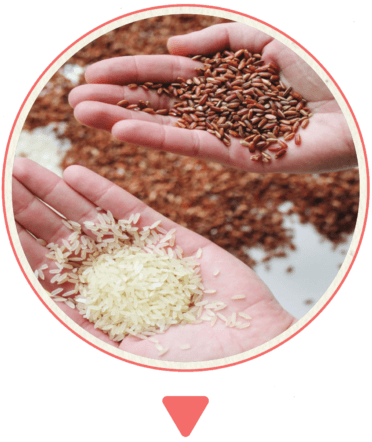
6. Storage & Milling
Rice is carefully dried and stored for processing. At the mill, the hull is first removed by rubbing the rice against each other, leaving brown rice. Additional bran layers are then gently removed to produce white rice. Rice by-products from the milling process are used for a variety of uses including animal feed.






